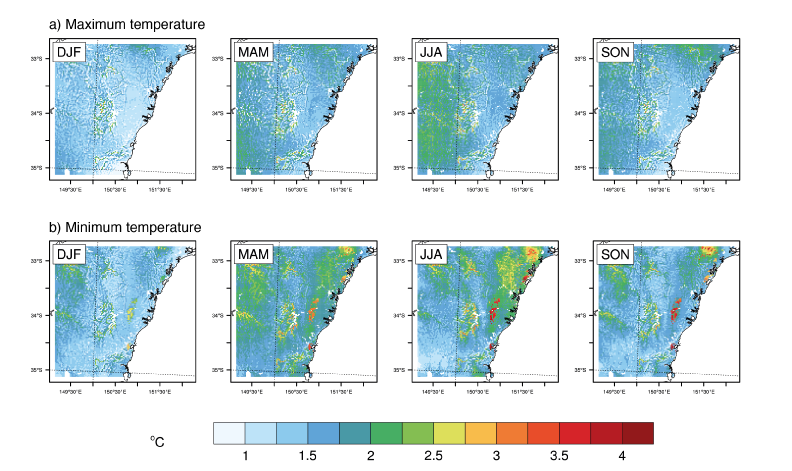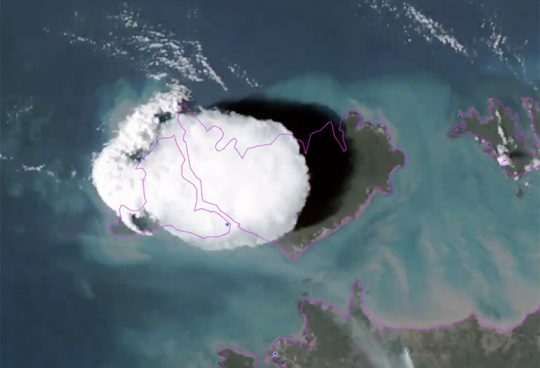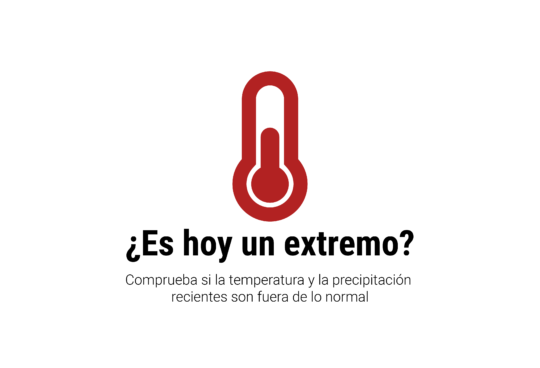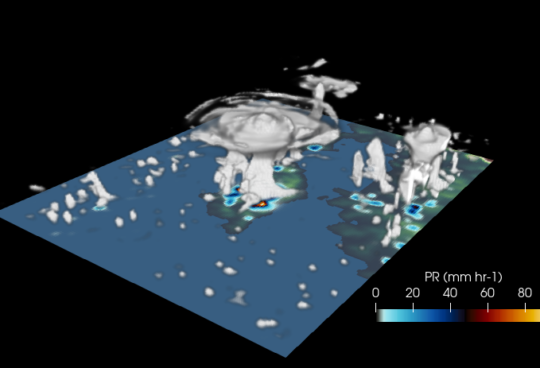The term Urban Heat Island (UHI) refers to the relatively warmer urban environments with respect to their rural surroundings. It is a phenomenon that has been studied for several decades and we have now a very good picture of the processes contributing to the UHI. Luke Howard was the first to study the UHI in London about two centuries ago comparing temperature from meteorological observations, although he didn’t call it that way.
The phenomenon has been studied from different perspectives and the UHI has been characterized using many different variables. However, there are two factors that undoubtedly drive the development and intensification of the UHI. First of all, the urban structures generally have more heat capacity than the natural environment due to their thermal properties. Thus they store more heat during the day, and then begin to release it when the sun sets leading to higher nighttime temperature in the cities. Also, the incoming solar energy is normally divided into a part that actually increases the temperature (sensible heat) and a part that evaporates water (latent heat), either directly from the ground or indirectly through plants transpiration. However, the urban surfaces are generally impervious and with few plants, so that almost no evaporation occurs and more energy is channeled into processes that increase the temperature.

Larger heat storage and inhibition of evaporative cooling are the two major factors contributing to the UHI, but not only. The so-called anthropogenic heat, which is the heat from sources such as cars or industries is also an important factor. Finally, the built density, the materials employed, the distribution of buildings and the presence of mitigating areas (i.e., parks, ponds) are also playing their role in the urban heat island phenomenon.
Despite the fact that the UHI is a well-known mechanism, its impact on the local scales of climate combined with the effect of global warming due to greenhouse gas has only been little studied. A regional climate model, such as the Weather Research and Forecasting (WRF) model, let us consider both factors (urban expansion and anthropogenic climate change) acting together to determine their repercussions on the local climate.

In our paper, we look at combination of both processes in Greater Sydney and found that minimum temperature will be particularly affected over areas of urban expansion. Indeed, nighttime temperature changes in new urban areas could double at particular hours of the night the increase due to climate change alone. On average over areas where the city is expected to expand, minimum temperature could increase in 3.0°C, whereas 1.8°C is projected for already existing urban areas and 1.7°C for the rural ones. On the other hand, daytime temperature changes are expected to be little affected by urbanization and changes projected in maximum temperature are mostly due to the effect of greenhouse gas.
The processes that cause these changes are present in all cities, although the climate characteristics and the city expansion prospects are to be considered in each particular case to determine the impact on temperature changes. The location of a city in terms of latitude, altitude or distance to the coast is a factor that could modulate or intensify the enhancement of climate change due to urbanization. Therefore, similar results might be expected in other cities, but in order to determine the impacts of both phenomena on local climate, a complete climate change profile for each of the cities is required.



Recent Comments